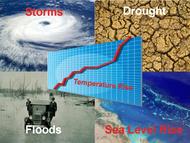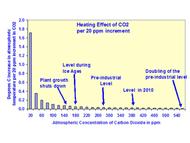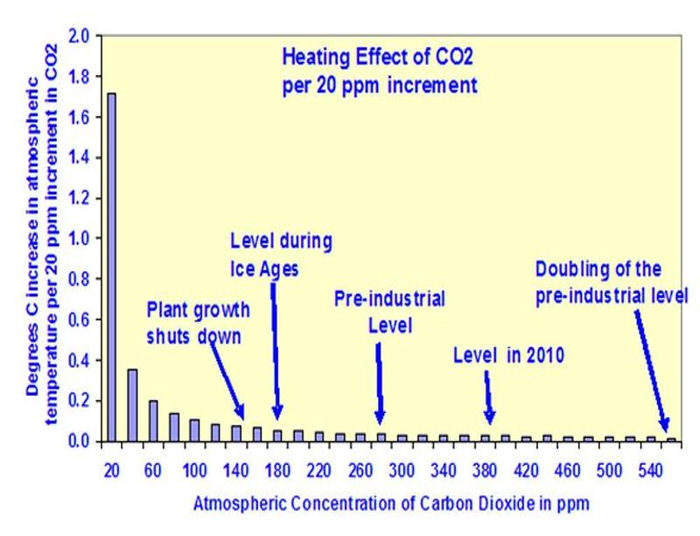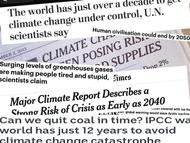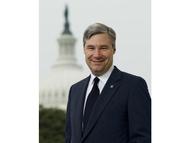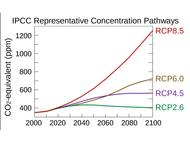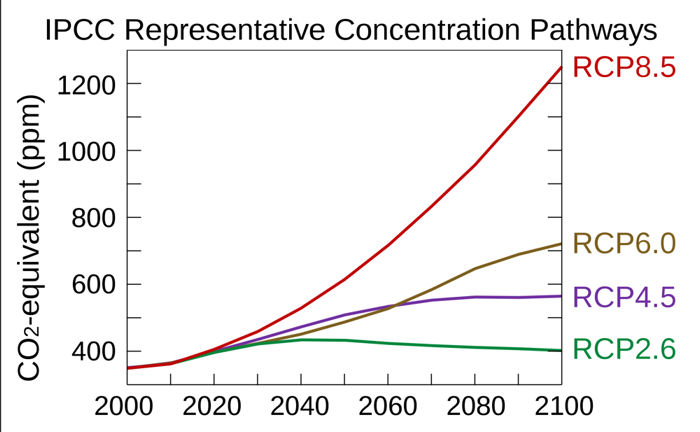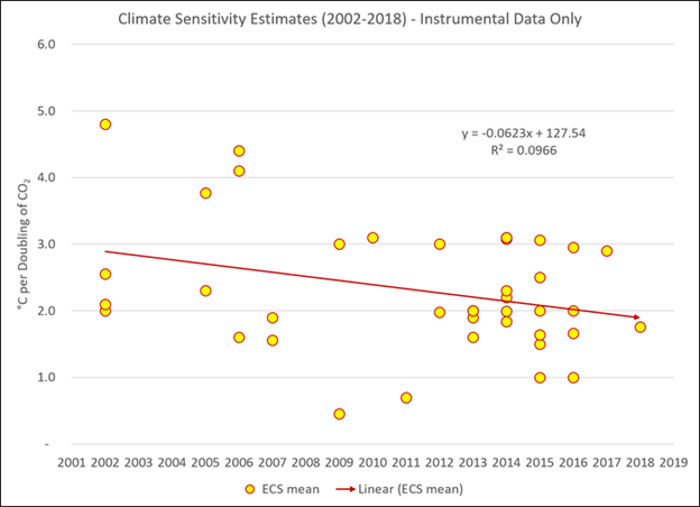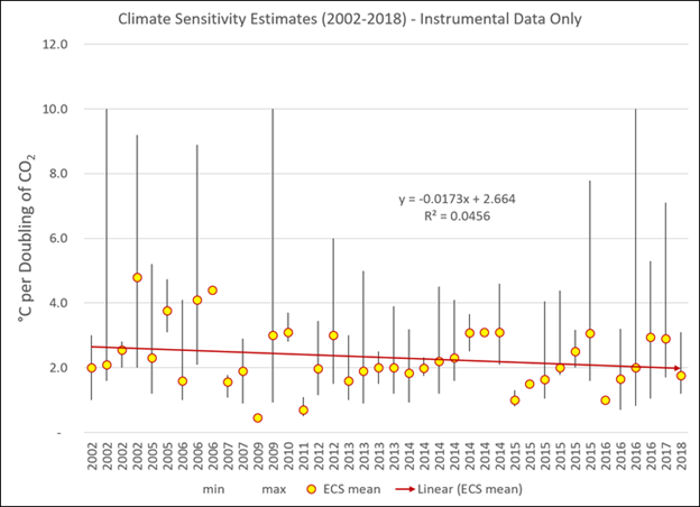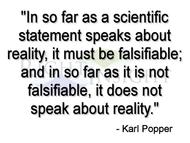Guest Post
From: International Climate Science Coalition (ICSC)
By: Dr. Jay Lehr and Tom Harris
The power disaster unfolding in California will soon occur across the country, if Joe Biden gets his way. The Golden State has been sweeping away the forms of energy that have provided reliable electricity for decades, under the same agenda the former Vice-President is planning for America as a whole.
Power outages are now commonplace in California. Last summer, the state suffered its first rolling blackouts in nearly 20 years. Imagine if this happened in Chicago in the middle of winter.
California’s trouble is explained by officials who now openly admit to an over-reliance on wind and solar power. The governor said there was not enough wind to keep the turbines going, while cloud cover and nightfall restricted solar power. The Los Angeles Times recognized the root of the problem:
“… gas-burning power plants that can fire up when the sun isn’t shining or the wind isn’t blowing have been shutting down in recent years, and California has largely failed to replace them …”
Consequently, the state has fallen thousands of megawatts behind its needs. Governor Gavin Newsom admitted, “we failed to predict and plan for these shortages” and took (nominal) responsibility for the rolling blackouts. Now he wants everyone to conserve power, while the state looks for new sources of energy, most likely fossil fuel-generated power from neighboring states.
All this is happening while California continues its intention to transition to 60% renewable energy by 2030 and 100% “climate-friendly energy” by 2045, as required by state law.
Indeed, in their October 6 open letter to Newsom, the heads of the California’s Energy Commission, Independent System Operator and Public Utilities Commission wrote: “We are unwavering in our commitment to meeting California’s clean energy and climate goals.”
Team Biden plans to go even further, committing to making the entire nation 100% renewable within 15 years. The United States would fall tens of millions of megawatts behind on its electricity needs.
Like the California government, the incoming Biden-Harris administration is acting entirely under the unfounded belief that climate change is a manmade calamity that can be stopped by eliminating fossil fuel use. They are clearly unaware of the Climate Change Reconsidered series of reports of the Nongovernmental International Panel on Climate Change (NIPCC).
These documents summarize thousands of studies from peer-reviewed scientific journals that either refute or cast serious doubt on the climate scare. They conclude that we are not causing a climate crisis.
Yet, in their October 6 report, Preliminary Root Cause Analysis – Mid-August 2020 Heat Storm, the same heads of California’s Energy Commission, Independent System Operator and Public Utilities Commission highlighted the “climate change-induced extreme heat storm across the western United States” as the first cause of the blackout.
In their view, apparently, shutting down coal, gas and nuclear power plants in California and in states from which California imports electricity played only minor roles.
California’s determination to shift to so-called “green” energy – which is actually anything but clean, green, renewable and sustainable – is being echoed by politicians across the nation. The result, especially in states that don’t enjoy California’s mostly benign weather, is going to be that those in the poorest neighborhoods and those on fixed incomes may be forced to choose between heating and eating.
It also means people trying to run their homes, offices, factories, hospitals and schools on intermittent, weather-dependent, much more expensive wind and solar power will have to get used to never knowing when or for how long their electricity will be on or off. Now in California; soon in the entire USA.
Coherent energy systems are designed with the understanding that portions of the system will be offline from time to time. Power companies compensate for this with reserve power at the ready. However, California has closed its margin for error in response to anti-nuclear and anti-fossil fuel sentiments and climate change concerns. Team Biden intends to do this for the entire United States.
Power outages cannot always be avoided and are more common than one may think. For example, between 2008 and 2017, Illinois had 871 outages, the tenth most by state. Texas had nearly twice as many, giving it the dubious distinction of ranking number two in the list.
But these pale in comparison to California which has the least reliable electrical power system in the nation. It leads in power outages every year. Between 2008 and 2017, it had 4,297 power outages!
The origin of the problem is partly California’s Senate Bill 1368, which in 2006 established the state’s emission standards to reduce greenhouse gases from power plants. Following that year, eleven coal-fired power plants were closed and three were converted to biomass. Only one coal-fired plant remains.
The state also reduced its normal reliance on energy from out of state coal plants.
Yielding to anti-nuclear activists, the state also closed all but one nuclear plant, Diablo Canyon. That plant generates about 18,000 Gigawatt-hours of reliable electricity every year, fully 8.6% of California’s total generation.
But Diablo Canyon will soon be closed too. Not surprisingly, during its construction and operation, anti-nuclear protests were common; nearly two thousand people were arrested for civil disobedience during a two-week period in 1981. In response, in 2016, the California Public Utilities Commission approved a Pacific Gas & Electric Joint Proposal to phase out the state’s remaining nuclear power. That means the operating licenses for Diablo Canyon’s two units will not be renewed when they expire in 2024 and 2025.
Ironically, the Commission did not approve Pacific Gas & Electric’s proposal for resources to replace the station’s output. It does not appear to matter that nuclear reactors produce no greenhouse gas emissions during operation. They are hated by the enviro-radicals who drive California’s energy policy and are steadily putting the state even further behind the 8-ball.
It gets worse. California now requires that all new homes be nearly entirely electric. It wants citizens to switch their natural gas stoves to electric, as part of their global warming initiatives. More than 30 cities have already enacted bans on gas appliances, including San Francisco. The state also hopes to eliminate all gasoline and diesel cars in favor of plug-in electric automobiles.
This means demand for reliable, affordable electricity will rise by leaps and bounds, just as supplies are steadily reduced, and partially replaced by expensive, intermittent, weather-dependent power.
Just as Mr. Biden promises for the nation as a whole, California is sacrificing reliable electrical power as part of its impossible crusade to “stop climate change.” Of course, this will have no impact on our planet’s climate, because (a) climate change is mostly natural and not driven by carbon dioxide, and (b) all those wind turbines, solar panels and backup batteries will be manufactured overseas, mostly in China, using fossil fuels and simply moving the source of ever-increasing greenhouse gas emissions.
However, it will certainly spur sales of candles, flashlights, propane heaters, and natural gas, gasoline and diesel generators.
So, welcome to America’s future under a Biden-Harris-Kerry- AOC Administration. America, the blackouts are coming.
_______________________________________________________
*Ohio-based Dr. Jay Lehr is Senior Policy Advisor to the Ottawa, Canada-based International Climate Science Coalition (ICSC). Tom Harris is Executive Director of ICSC.
 The Right Insight is looking for writers who are qualified in our content areas. Learn More...
The Right Insight is looking for writers who are qualified in our content areas. Learn More...


